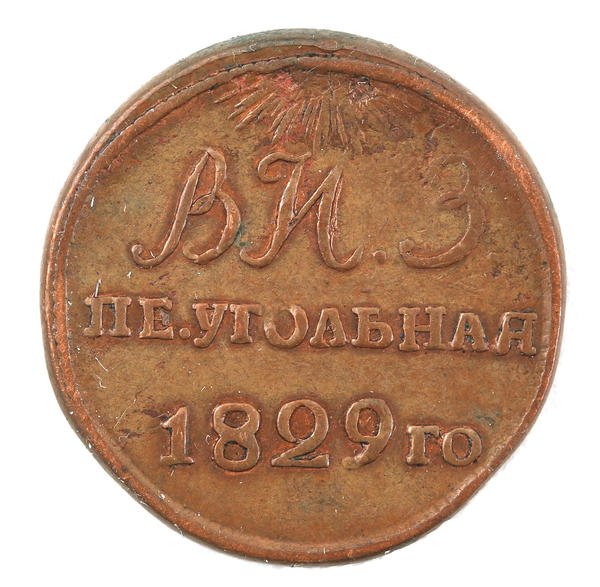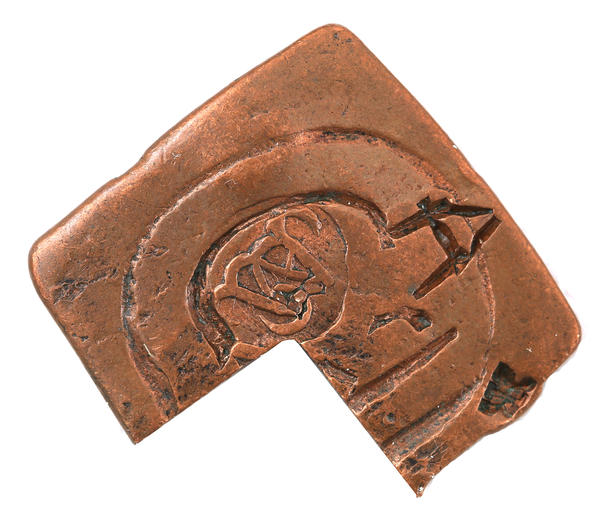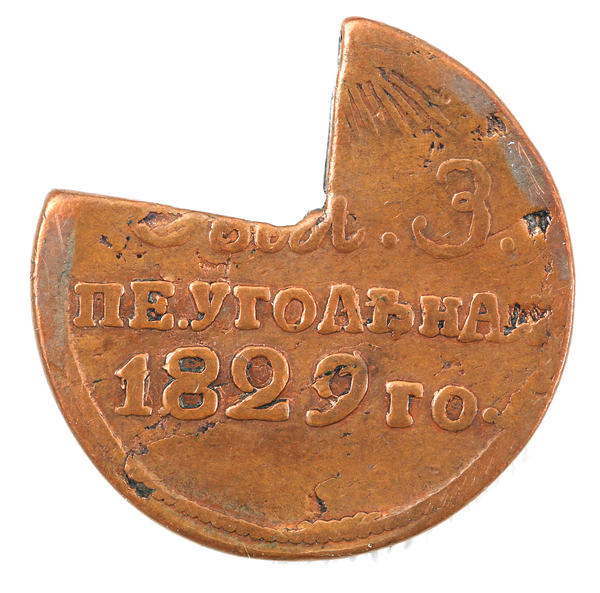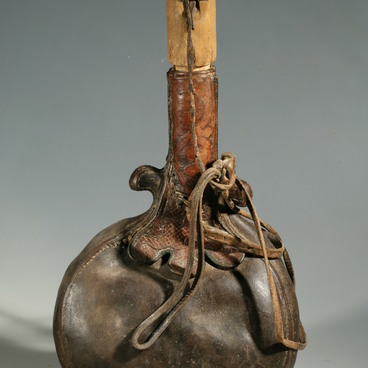Coal signets of Urals plants were made in the XVIII-XIX centuries. These are metal tokens of various shapes and colors. They served as invoices for accepting raw materials from charcoal burners at metallurgical companies
Coal signets of Urals plants
Время создания
XVIII – XIX centuries
Техника
Metal, metalsmithing
3
Открыть в приложении#9
Coal signets of Urals plants
#10
#11
The tokens were used for recording labor of dependent peasants who delivered to factories ore, charcoal and lime. Initially tags from birch bark or leather were made instead of metal signets. As production developed, Urals factories gradually gave them up in favor of iron tokens. Such tokens were called ‘coal signets’.
#6
Heap charcoal at the Staro-Utkinsky plant. 1910s
In the XVIII-XIX centuries metal production required charcoal that was produced by heap charcoal burning. This was the oldest and simplest way of coal production. First trees were cut, then logs were sawed into long boards and dried. Boards were then arranged in a special way in heaps that were covered on top with top soil with grass. The heaps were covered with earth and burnt. It was important to maintain the right amount of oxygen, so the coal burning process required constant supervision: wood turned into coal only with little air access. Solidified heaps were broken into small pieces and taken to factories. The coal burning process lasted for about a month.
#15
Each peasant serf was adscript of a certain plant. After the 1862 reform abolishing serfdom, freelance peasants became coal burners. Special boxes were woven for calculating the amount of coal brought by one person. They were of equal size and held about 400 kilograms. A coal burner received a metal signet for each delivered box. If a box was not fully filled with coal, the respective part was cut of the signet — one fourth, one sixth or one eighth. Peasants took signets to the plant office where a note was made in the accounts book.
#16
The signet that was given for ¾ box of charcoal at Verkh-Isetsk plant, made in 1749. The earliest exhibit in the Museum collection.
#17
A coal burner had to deliver about one hundred boxes per year, i.e. about 650 kilograms of coal per week. Payment differed at different plants. For instance, merchants Rastorguev paid to peasants at their plants in Perm province seventy kopecks per one box. One ruble at that time could pay for 16 kilograms of rye bread.
#13
A signet of Sylvensk plant for ⅞ box of coal. 1829
The first metal signets were cast at Ekaterinburg mint in 1749. They were made from copper for 19 factories in the Urals. In the XIX century most metallurgical plants made their own signets. Materials were iron, copper, brass and zinc. Names of plants were engraved on signets. For instance, coal tokens of Verkh-Isetsk plant, one of the largest metallurgical factories in the Russian Empire, had the engraving ‘ВИЗ’.
#14
Signets were used at metallurgical factories until 1920’s and were then re-melted. The collection of Sverdlovsk Regional Ethnography Museum counts about five thousand coal signets from about two dozen plants in Verkh-Isetsk and Kyshtym districts (Sverdlovsk Region).
#18
O.E. Kler Sverdlovsk Regional Ethnography Museum
читать дальшескрыть
00:00
00:00
1x
Coal signets of Urals plants
Время создания
XVIII – XIX centuries
Техника
Metal, metalsmithing
3
Открыть в приложении
Поделиться





